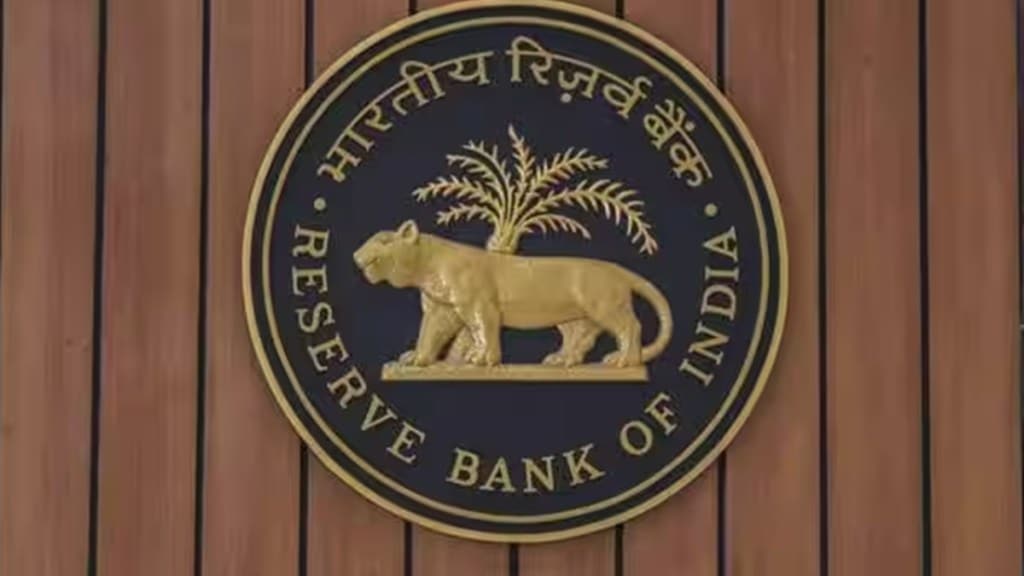Central banks usually weigh each and every word of their comments made in public. In that context, Reserve Bank of India Governor Shaktikanta Das’ comments last week that certain segments of personal loans, which are recording high growth, are being closely monitored, has led many to wonder whether the RBI is seeing something that others haven’t as yet. Das also advised banks and non-banking finance companies (NBFCs) to strengthen their internal surveillance mechanisms, address the build-up of risks, if any, and institute suitable safeguards. Current norms assign risk weights of 100% and 125% to unsecured segments like consumer loans and credit card receivables, respectively.
Prima facie, the numbers on the personal loans front aren’t that alarming as yet. For example, notwithstanding the steady rise in credit card spends, which account for a bulk of unsecured loans, experts feel that the asset quality is quite manageable. The credit card market, though it is picking up fast, has been growing at a similar pace for the last three years. The growth in personal loans has also not seen any unusual spike, and bankers say they primarily extend such loans to salaried individuals, backed by consistent cash flows. So, what exactly is the RBI hinting at? One obvious conclusion would be that the advisory is the RBI’s way of sensitising regulated financial entities just before the festival season which normally sees a surge in unsecured loan growth.
Dig deep, and you would find that the RBI’s approach has been consistent. In its Financial Stability Report released in June, the central bank had said that the share of large borrowers in gross advances of banks declined successively over the past three years, as retail loans grew faster than borrowings by corporates. The share of big borrowers declined from 51.1% in March 2020 to 46.4% in March 2023. The central bank has also pointed to the nearly 30% year-on-year (y-o-y) growth in retail credit observed in recent years for many banks and NBFCs. The average unsecured retail growth stood at 23%, which outpaces the general credit growth rate, which is between 12% and 14%. Though the overall asset quality in the personal loan sector has improved, credit card receivables’ impairments have seen a marginal uptick. An August report from India Ratings highlighted NBFCs’ increasing shift to collateral-free loans in pursuit of higher yields. Data from 12 prominent NBFCs revealed unsecured loans’ share jumped to 30% in FY23, up from 26% in FY22 and 23% in FY21.
In the run-up to the festival season, several banks have seen an increase in the chunk of such loans as a percentage of the total book. For example, sectoral credit growth data for August 2023 showed that credit to the personal loan segment grew 30.8%, compared to 19.4% on a y-o-y basis. The total credit to the segment was Rs 47.70 trillion in August 2023, compared to36.47 trillion in the year-ago period. Such trends often give vital clues to the state of the economy. It is usually seen that during an economically stressful period, unsecured retail loans, and loans given to small and medium enterprises take a hit first. That’s because the financial capacity of these borrowers is weak compared with large corporations. Though there is no sign of much stress yet, the advisory in the monetary policy is a timely reminder to the entire financial sector: Wake up before it’s late.

